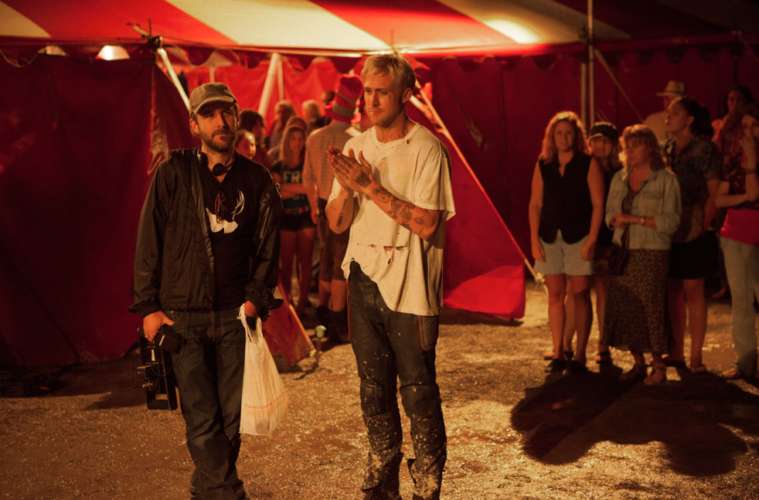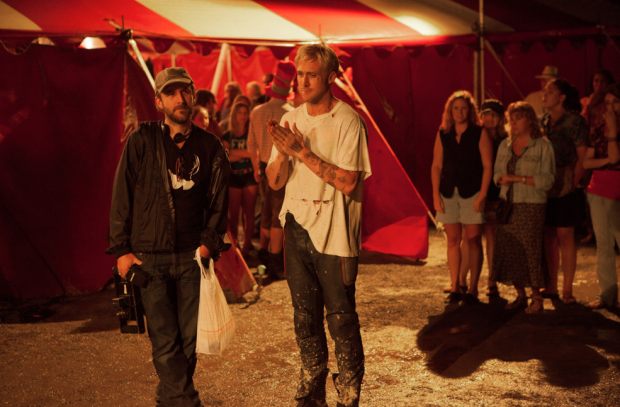
“The movie is not about vengeance, it’s a story of forgiveness,” explains director Derek Cianfrance when he sat down with us to discuss his father-son crime drama The Place Beyond the Pines. A parent himself, the helmer says, “I’m trying to take responsibility with the stories and images and the things that I put out into the world. My kids can not watch this movie now, but someday they will be able to and I’ll be proud to show it to them.”
The director, who broke out in 2010’s Blue Valentine, has returned with Ryan Gosling once again by his side for this multi-generational saga, but the ambitious triptych structure wasn’t the obstacle he feared most while crafting the film. It was rather the violence — something he has never physically showcased in his films. “It made me almost sick to put a gun in the film, because I just don’t like them in movies. Talking about the responsibility with my own kids, it’s like I can’t even watch a football game without turning off the channel. And I don’t know when violence became so cinematic, ” says Cianfrance. He adds perhaps it was Sam Peckinpah, but continued that “nowadays violence is just so ‘cool,’ and if I have to see another slow-motion bullet come out and hit someone in the head and have their brains go out…to me, it’s not beautiful, it’s not ‘cool.'”
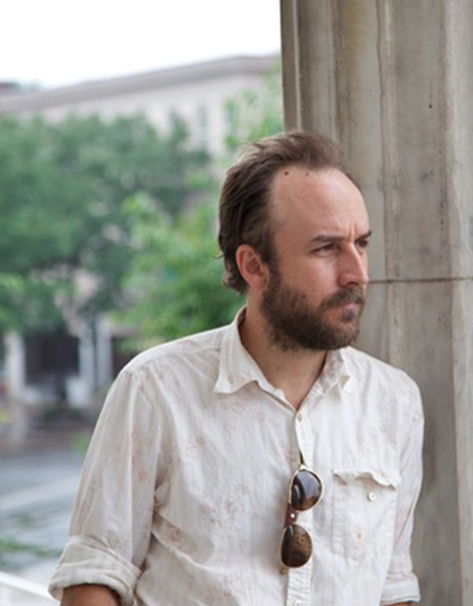 With Pines he says the “violence is narrative. It’s story and and as an audience, you have to experience it.” While “a lot of people” suggested he splice up the three distinct stories with parallel editing, he says, “the bravest choice we could make in this film is to keep it chronological because it’s a film about legacy — making it very personal, it’s about that fire I was passing on to my child. I felt like I had to go in chronological order.” Part of that experience is that “there’s no sanctity of a flashback, because in life there is no flashbacks.”Ciafrance says, “My imagination tends towards the tragic, so I need movies to make or my life becomes tragic.”
With Pines he says the “violence is narrative. It’s story and and as an audience, you have to experience it.” While “a lot of people” suggested he splice up the three distinct stories with parallel editing, he says, “the bravest choice we could make in this film is to keep it chronological because it’s a film about legacy — making it very personal, it’s about that fire I was passing on to my child. I felt like I had to go in chronological order.” Part of that experience is that “there’s no sanctity of a flashback, because in life there is no flashbacks.”Ciafrance says, “My imagination tends towards the tragic, so I need movies to make or my life becomes tragic.”
Cianfrance also experienced some tragedy in the editing room. “To me, writing is like dreaming, shooting is like living and editing is like murder, ” the director says. Starting with the writing part, the director handed his financiers, Sidney Kimmel Entertainment, a 158-page script. They told him, “if you get it down to 120 you can have this money to make the movie.” He had his own method, without cutting out a single word.
Cianfrance says, “I found the shrink font button and extended the margins and no one ever caught on. They were just like, ‘good job.'” He was able to go on to the “living” part with production, but that left problems when it came to “murder.” He adds, “then I was six months into editing and I had a three and half hour movie on my hands and I was trying to find the shrink font button in the editing room and I couldn’t.” This time, his method didn’t work. He says, “I did come up with an equation if I took one frame out for every 24 frames, I could have a 23 frame a second movie, but it only took out 7 and half minutes and it looked weird, so I had to make other cuts.”
Thankfully he tells us we’ll see “so much” deleted scenes on Blu-ray. One in particular features Ben Mendelsohn and Ryan Gosling when “they are coming up what’s their cut [of the robbery money] going to be. He said he told Gosling, “don’t go below 90/10,” then told his partner-in-crime, “don’t go below 50/50.” “So we have take after take, hours of footage, of them saying, ’90/10, 50/50, 90/10, 50/50,'” Cianfrance says. “It’s actually hilarious because it just goes on and on and on. But in the movie it doesn’t fit. Editing is so crucial because it’s sculpture — you take away things and it reveals the shape.”
Although he may not have the complete shaped figured out, the initial sculpture is in his mind early on. “I always close my eyes while I’m not making films and I try to see the films. Just know them, memorize them and see them so many times before the audience sees them,” the director says. Not discounting his creative team, he says, “at the same time, I’m also a collaborator. I’m not a painter, I don’t have all the best ideas. I consider myself to be more like a football coach and my actors are players and my job is to bring the best out of everyone, to get everyone thinking not about ego, but about the movie. The movie is our God. We put everything into that.”
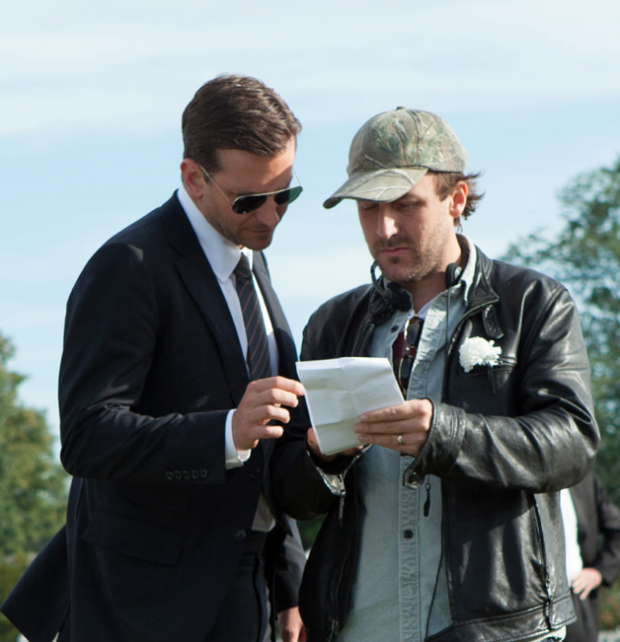 Although he had Gosling locked in early on, rounding up his team wasn’t the easiest of tasks, especially when it came to the character of Avery, a Schenectady, NY rookie cop who is just beginning a family. “I had no idea who was going to play this guy and I was meeting with a number of actors,” Cianfrance says. Having not seen any of his work previously, when the name Bradley Cooper came up, the director was reluctant. He recalls saying, “I don’t really think he’s going to be in the movie, but I’ll meet with him,” adding that he didn’t think he was an “actor.” Things changed, however, when he met with him. “The image I had of Bradley when I first saw him was a pot of boiling water with a lid on it. When I met him as a man, I felt like there was a storm raging inside of him. There was something conflicted about him, something he was wrestling with. Immediately I had a kinship with him and I went back and rewrote this character based on my misperception of who he was as a person. I thought I could make this character, who could be paraded around as a hero — as the sexiest man alive — but inside he was corrupted. Inside there was this toxic shame happening and I thought that he could do that.”
Although he had Gosling locked in early on, rounding up his team wasn’t the easiest of tasks, especially when it came to the character of Avery, a Schenectady, NY rookie cop who is just beginning a family. “I had no idea who was going to play this guy and I was meeting with a number of actors,” Cianfrance says. Having not seen any of his work previously, when the name Bradley Cooper came up, the director was reluctant. He recalls saying, “I don’t really think he’s going to be in the movie, but I’ll meet with him,” adding that he didn’t think he was an “actor.” Things changed, however, when he met with him. “The image I had of Bradley when I first saw him was a pot of boiling water with a lid on it. When I met him as a man, I felt like there was a storm raging inside of him. There was something conflicted about him, something he was wrestling with. Immediately I had a kinship with him and I went back and rewrote this character based on my misperception of who he was as a person. I thought I could make this character, who could be paraded around as a hero — as the sexiest man alive — but inside he was corrupted. Inside there was this toxic shame happening and I thought that he could do that.”
However, things didn’t exactly go as planned off that bat. After handing Cooper the rewritten script, Cianfrance said, “he was very nervous about it. In fact, he said he was not doing it.” The director recalls his next step, saying “I had to drive up to Montreal where he was shooting The Words. I had a dinner with him for four hours, from midnight to four in the morning and for three hours and forty-five minutes he was not doing the movie. I told him I wouldn’t make the movie without him. That he was the born to do the movie with me.”
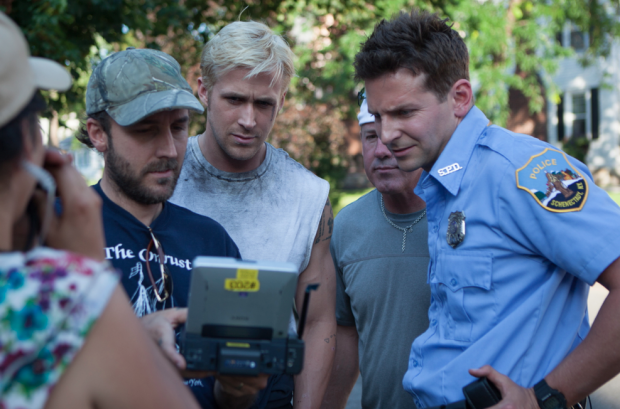
As we can see in the final product, Cooper finally committed, but his attachment went even deeper than one may have imagined. Cianfrance says, “When I met Bradley, all of a sudden I related to this thing in him that no one can see because you’re successful and you’re on the cover of People magazine. But to me when I go see movies I see the proliferation of perfection on screen [with] perfect looking people and game show host teeth. They are so damn charming, they know how to say everything so perfectly, they know that they want and they don’t want and there is nice resolution at the end. Often times I’m so lonely at the end of movies. I feel like, ‘where do I fit in? Where are the people I know?’ I don’t see the world in black and white. I see it in gray. I felt like Bradley was the perfect example of someone who had only been used for that perfection — as one thing, as a shell. But when I met him as a man, he was not like that. He was a human being like me and I wanted to make him a human being on the screen and I’m trying to fill my movies with people that are conflicted. They are always people that are trying to avoid their destiny or legacy, but in avoiding they end up crashing into.”
As for what’s next for the helmer, he recently finished work on a series for HBO called Muscle, based on bodybuilder Sam Fussell. While that is waiting for a greenlight, he wrote a feature film script with his wife, Shannon Plumb, focusing on childbirth and he as a “couple others” he’s working on. Cianfrance is also reading scripts, but it admits it’s not an easy task. “I read like three scripts last week and in two of them, the woman was a prostitute and there’s these rape scenes I keep reading and they are offering me money on these movies.” He adds, “not for $5 million would I rape someone on the screen. I’m not into cinematic rape, putting those images into the world.”
The Place Beyond the Pines is now in limited release and will expand throughout the month.

